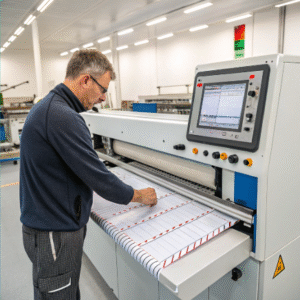How to ensure cutting accuracy and consistency in Velcro cutting?
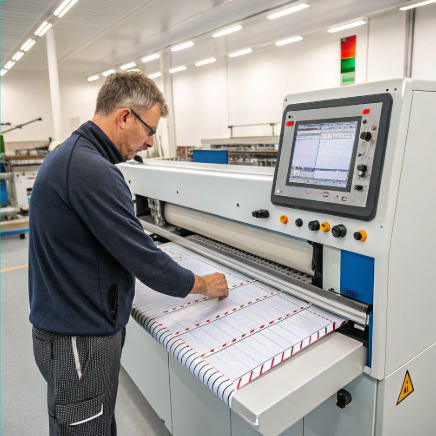
Uneven Velcro cuts can ruin batches, trigger customer complaints, and cost time.
To ensure accuracy in Velcro cutting, use machines with digital length control, tension regulation, and sharp heat-sealing blades. Automation and routine calibration are also critical.
Achieving precise and consistent Velcro cuts requires proper tools, meticulous preparation, and effective cutting strategies. Here’s a streamlined guide to help ensure top-quality results:
1. Essential Tools and Setup
- Use precision cutting tools, such as sharp scissors, rotary cutters, or a cutting mat for enhanced control.
- Reliable measuring devices, like rulers or measuring tapes, help maintain uniformity.
- Ensure a flat, stable work surface to prevent slippage and maintain cutting accuracy.
2. Accurate Measurement and Marking
- Double-check measurements before making cuts to avoid waste.
- Clearly mark the cutting lines using chalk or a fabric-safe pencil for better visibility.
3. Cutting with Care
- Proceed slowly and deliberately when cutting to avoid rough edges or fraying.
- Strive for smooth, clean lines, especially when cutting manually.
4. Optional Edge Finishing
- Seal edges with heat or fabric glue if fraying is a concern—this is particularly useful for pieces subject to frequent handling.
5. Advanced Equipment for Efficiency
- Laser cutting machines deliver high precision and are ideal for intricate or high-volume tasks.
- Die-cutting equipment ensures fast, consistent results for repeated shapes.
6. Pro Tips for Consistency
- Feed Velcro evenly into machines and ensure proper alignment.
- Maintain a clean, organized workspace to avoid contamination or disruptions.
- Schedule regular machine maintenance to prevent performance issues.
- Test a sample piece before full production to confirm optimal settings.
By combining the right tools with thoughtful techniques, you can achieve clean, professional Velcro cuts that meet high-quality standards, whether for small batches or mass production.
If you’re sourcing from China or Vietnam, don’t assume all machines perform the same. I’ve helped many buyers like Mark fine-tune their equipment after they struggled with inconsistent cuts.
What tools or settings improve cutting precision?
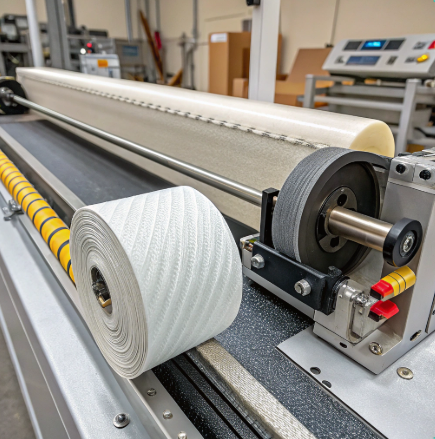
Cutting Velcro sounds simple, but it involves multiple layers of synthetic material. Without the right settings, edges can warp, and lengths may vary.
Use microcontroller-based cutting machines, precise tension rollers, and adjustable blade temperatures to boost Velcro cutting accuracy.
This advice is based on years of support we’ve provided at Suzhou Haoxinhe Electrical Equipment Co., Ltd., especially to clients in the printing, packaging, and textile industries.
🎛️ Digital Length Controllers: Every Millimeter Counts
Length inconsistency is a major issue with older or manual machines. Our newer models include microcomputer controllers that let users set cutting lengths down to 0.1mm.
Key features:
- LED control panels for precise setup
- Memory presets for different Velcro types
- Error alarms for feeding or cutting issues
Clients who upgraded to our computer tube cutting machine or webbing ribbon cutting machine have reported up to 95% improvement in batch accuracy.
🎡 Tension Control Systems: No Curling, No Slipping
One hidden enemy of cutting precision is inconsistent material tension. Velcro can stretch or curl under pressure.
Use machines with:
- Automatic feed tension adjusters
- Servo motor feeding systems
- Rollers with anti-slip coatings
Here’s a comparison of tension systems:
| System Type | Precision Level | Common Use |
|---|---|---|
| Manual feed | Low | Small-scale or DIY use |
| Step motor feed | Medium | Entry-level automation |
| Servo motor feed | High | Industrial B2B manufacturing |
In our factory, all machines cutting soft flexible materials—like Velcro, bubble wrap, or foam—are equipped with servo systems.
🔥 Adjustable Heat Settings: Sealed Cuts Every Time
Velcro edges often fray if heat isn’t set correctly. Too much heat burns it; too little leaves it ragged.
We recommend our hot and cold cutting machine which allows for:
- Digital temperature control
- Real-time heat adjustment
- Teflon-coated blades for clean separation
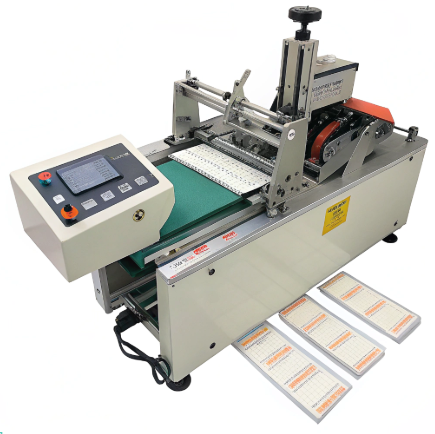
🔄 Regular Blade Checks and Calibration
Even with the best tools, blade dullness or sensor misalignment can destroy precision.
Maintenance tips:
- Calibrate sensors every 30 operating hours
- Replace blades after 100–200 cutting hours
- Use high-quality blades like tungsten steel or titanium alloy
For buyers like Mark, we’ve bundled maintenance kits with every shipment, so he can service the machine without waiting for spares.
🏭 Our Precision-Focused Machines
Suzhou Haoxinhe Electrical Equipment Co., Ltd. offers several machines tailored for accurate cutting:
- Webbing Tape Cutting Machine – great for industrial Velcro rolls
- Protective Foam Cutting Machine – useful for Velcro-backed padding
- PVC Edge Banding Cutting Machine – ideal when Velcro is mounted on plastic strips
All models can be custom-calibrated for your product line before we ship.
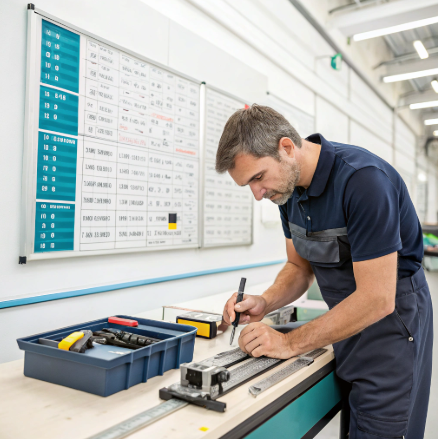
Conclusion
Precision in Velcro cutting starts with controlled settings, sharp blades, and the right machine—checked and calibrated regularly.
Our webbing ribbon cutting machines and hot and cold cutting machines are built for maximum precision and repeatability. Suzhou Haoxinhe Electrical Equipment Co., Ltd. supports clients with calibration-ready equipment, real-time diagnostics, and machine customization to ensure every cut meets exact standards—even for high-demand B2B environments.
Insights
Over the years, I’ve found that the difference between a good Velcro cutting result and a great one often comes down to machine calibration discipline. One client in Vietnam had a state-of-the-art hot cutter—but still got complaints about inconsistent cuts. The reason? They hadn’t recalibrated the blade height or feed sensor in months.
Here’s what we recommend to all clients sourcing from Suzhou Haoxinhe: implement a 5-minute calibration routine every Monday. That alone has saved some factories thousands of dollars in scrap and rework.
Also, don’t underestimate tension control. Velcro may seem stiff, but it’s elastic under pressure. Servo feed systems are a game-changer here. They self-adjust in real time—unlike step motors, which operate on fixed intervals.
And for high-precision batches (like medical tapes or export packaging), always go with digital length controllers with preset memory banks. This lets you switch between SKUs without losing accuracy—critical when your line runs multiple formats a day.
Bottom line: cutting accuracy isn’t just about having a good machine—it’s about how you maintain and program it.



